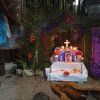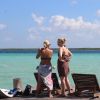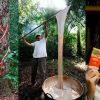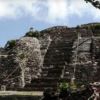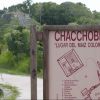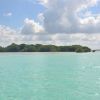Kohunlich Archaeological site
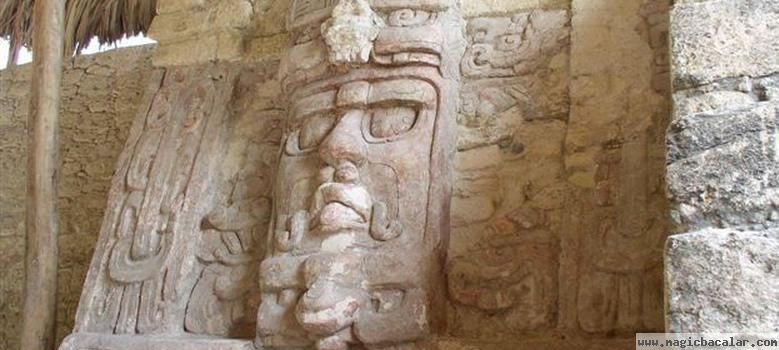
2018-08-13
Kohunlich Archeological site
The name of Kohunlich comes from the English cohoon ridge (lomerío de corozos), which refers to the existence of cohune palms, a characteristic species of the Petén area. Raymond Merwin, an American archaeologist who visited it for the first time in 1912, named it Clarksville, alluding to the name of the other camp that operated nearby. It was named after this geographical feature, because the name Kohunlich stems from the English Cohune Ridge (where cohune palms grew), an old lumber camp that operated there during the 1920s and 1930s.
The settlement is located in an area where a flat landscape combines with underground drainage and a hilly region with ridges, small ravines and creeks. It is made up of residential units and both civic and ceremonial architectural complexes. They are surrounded by fertile land used for cultivation that extend over 8 square miles.
Magic Bacalar takes you to a day of history and fun, visiting two of the main Mayan archaeological sites of the southern zone of the state of Quintana Roo. Makes a perfect addition to a visit to one of the area’s beautiful seaside resorts to cool off after a mystical tour through the jungle to get to know our abundant flora and fauna.
Throughout the tour, we’ll see where the ancient Maya lived and had their ceremonial centers. You’ll be amazed at the architecture! Many of these sites were hidden in the lowland and middle jungles that fill our state.
We’ll begin with a visit to the archaeological site at Kohunlich. In addition to featuring several important pyramid bases, the site has clear images of Mayan art and architecture through the masks carved into the walls of the main pyramid. They are over 6 feet high!
This tour will allow you to know more about Mayan history and the endemic vegetation of the region.
Posts Publicado en

